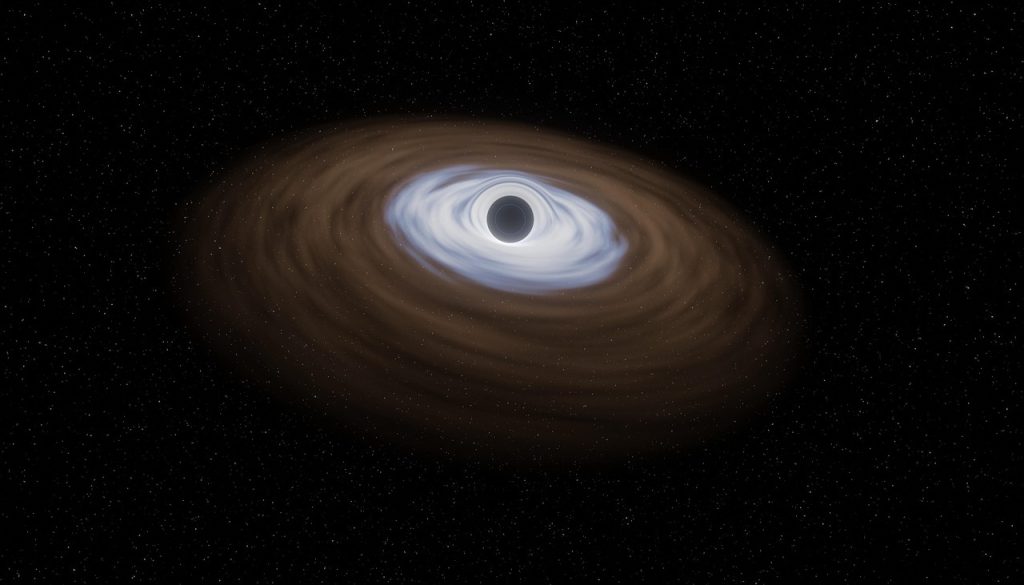Black holes don’t swallow space — they shape it.
Others are reading now
Astronomers have long described black holes as cosmic traps so powerful that nothing — not even a beam of light — can claw its way free.
Yet even these extreme objects have limits, and scientists say one thing cannot be consumed.
The explanation lies in how gravity acts on matter and energy, and why the fabric of the universe behaves differently from the things moving through it.
Gravity’s reach
Black holes form when an enormous mass collapses into an infinitesimal point known as a singularity.
That compression creates such powerful gravity that nearby matter, particles and even photons are tugged inward.
Also read
Although light has no mass, it carries energy, which allows gravity to influence its path.
Dust, gas and stars fall in for the same reason.
But the vacuum of space itself contains no mass or energy that gravity can capture.
Scientists say this is why black holes do not “swallow” the space around them, even as they devour almost everything else.
Spacetime explained
Before Albert Einstein reshaped physics, researchers treated space and time as separate entities.
Also read
His theory of relativity fused them into spacetime — a four-dimensional arena in which every event in the universe unfolds.
Einstein described this arena not as static but as something that can warp and stretch. Massive objects distort spacetime, changing how other bodies move.
To picture it, physicists often suggest imagining a rubber sheet stretched tight. When a heavy metal ball is placed on the sheet, it sinks and bends the material around it.
The sheet encloses the ball but is never pulled inside.
Curving, not consuming
Black holes behave in a similar way.
Also read
Their extreme gravity curves spacetime steeply, creating the deep gravitational wells that trap matter and light.
But the spacetime “sheet” bends — it does not vanish.
The late physicist John Wheeler captured the idea in a now-famous phrase: “Mass tells spacetime how to curve, and spacetime tells mass how to move.”
Source: Illustreret Videnskab
This article is made and published by Camilla Jessen, who may have used AI in the preparation


